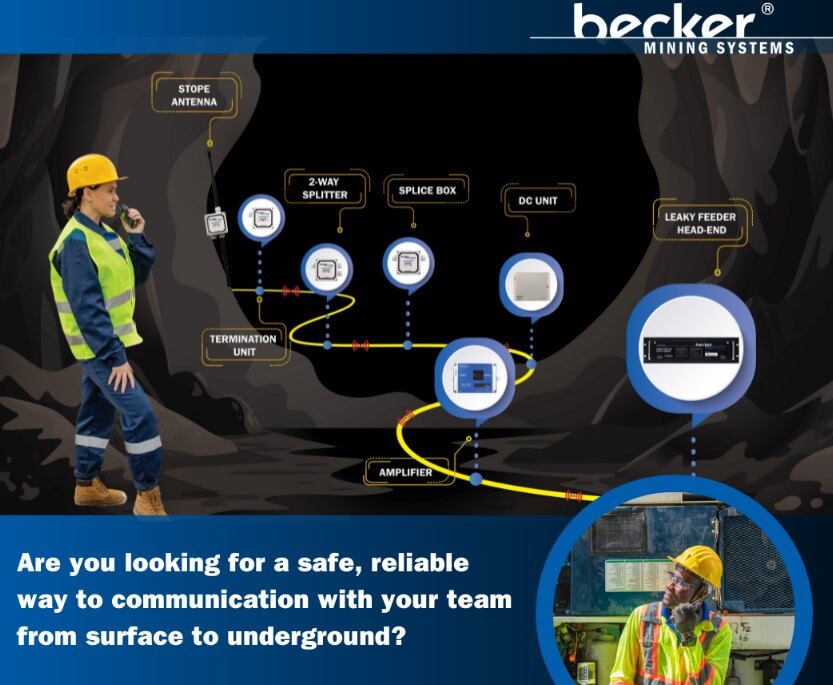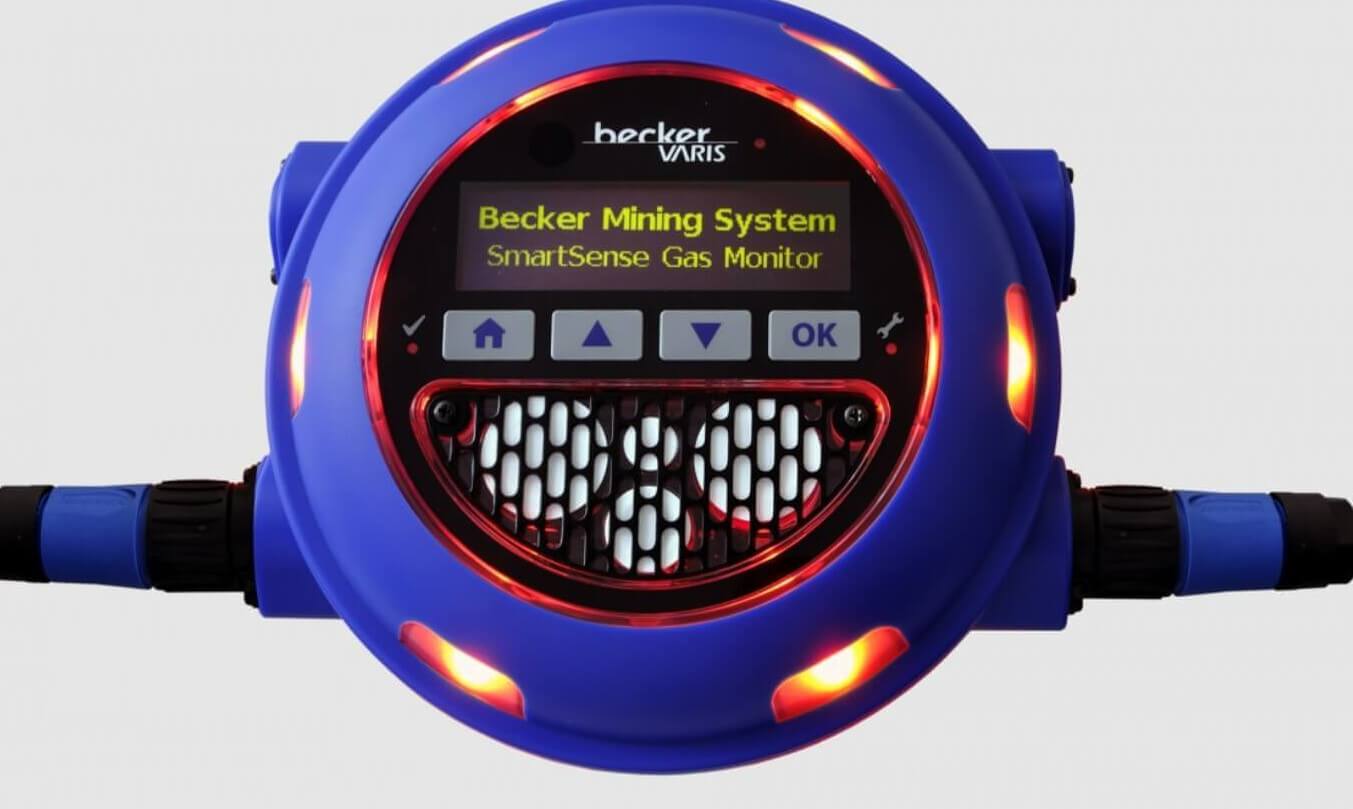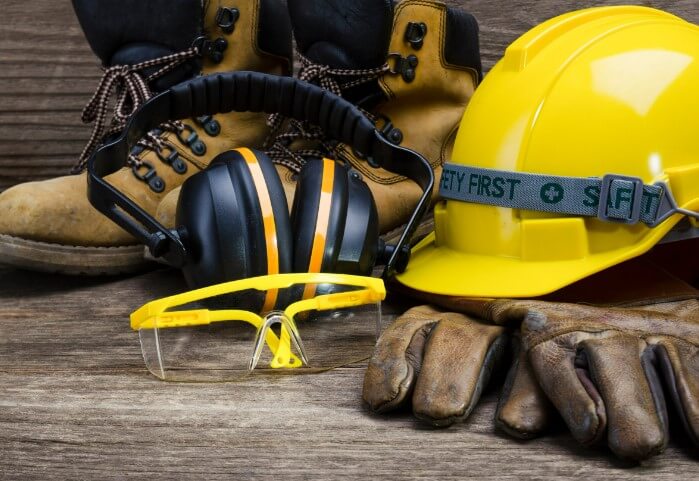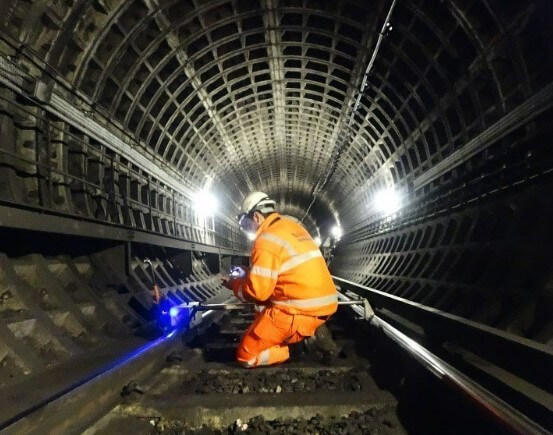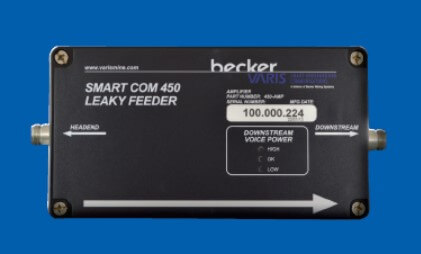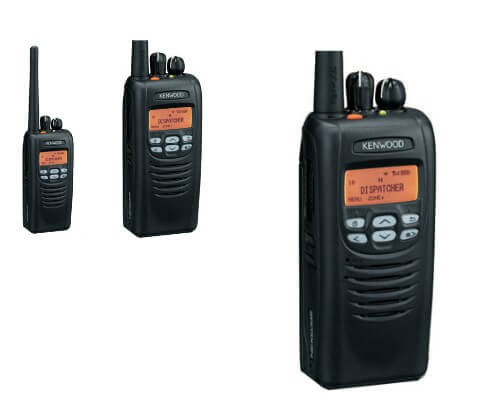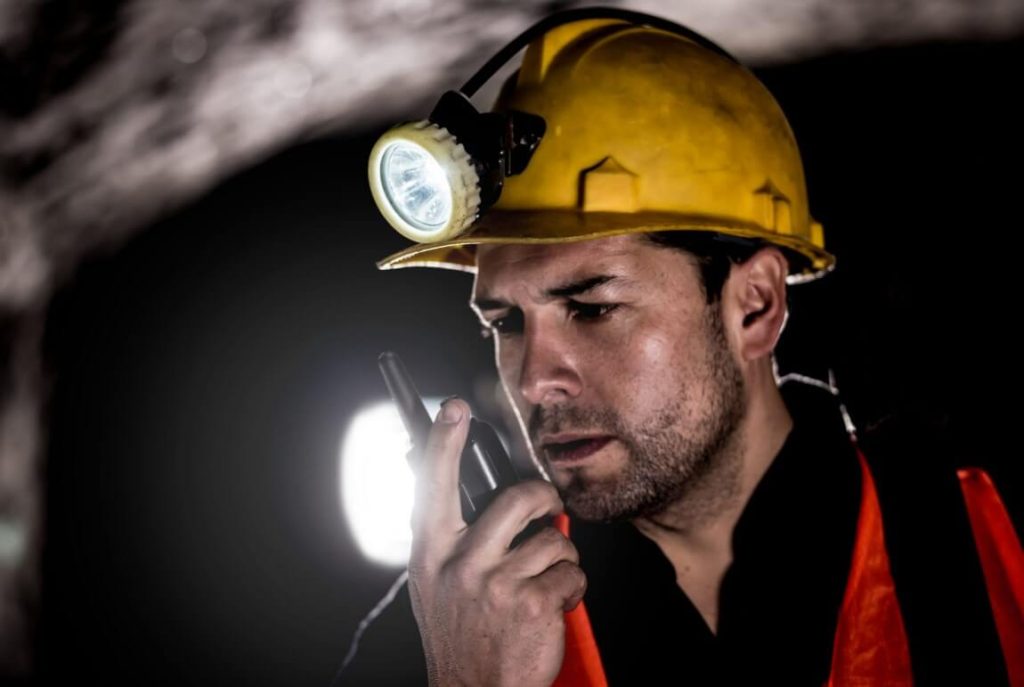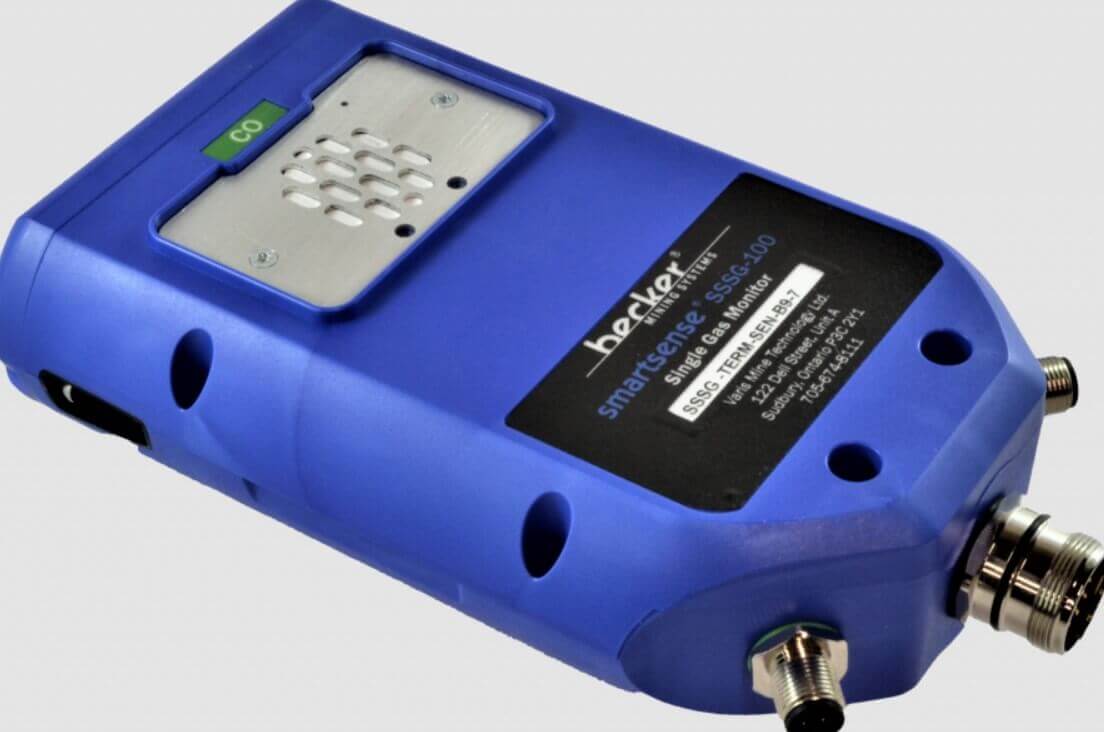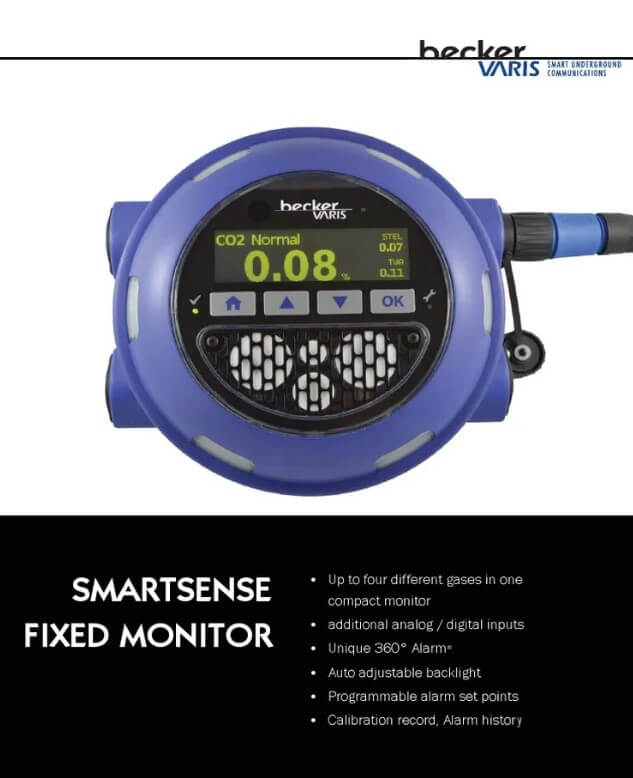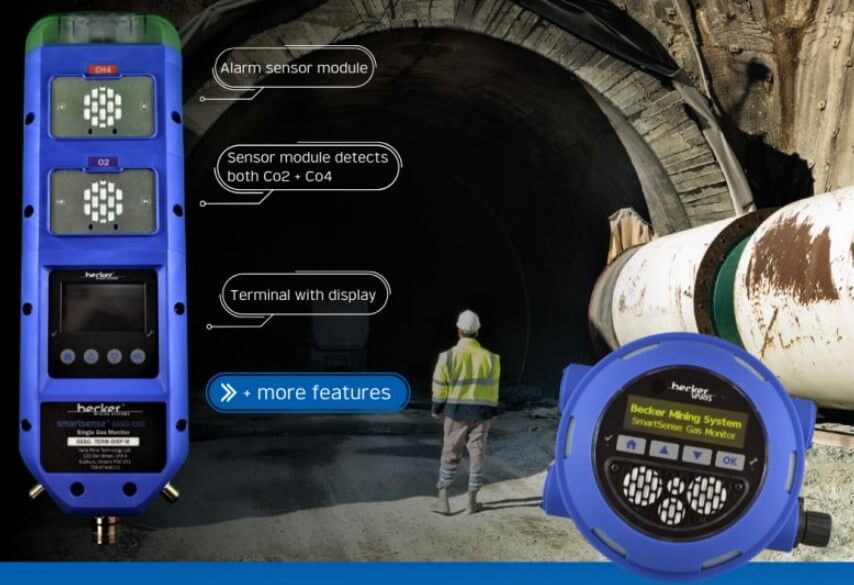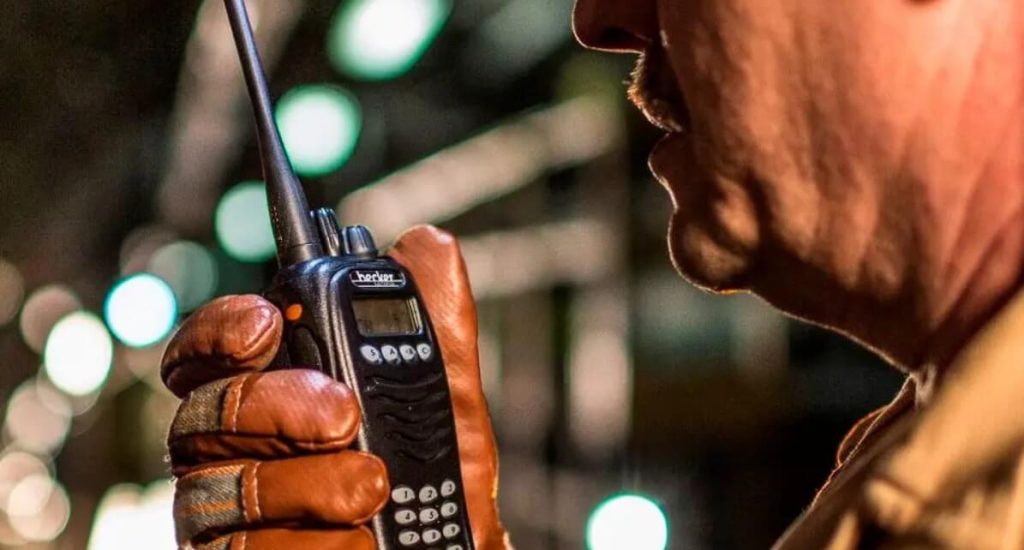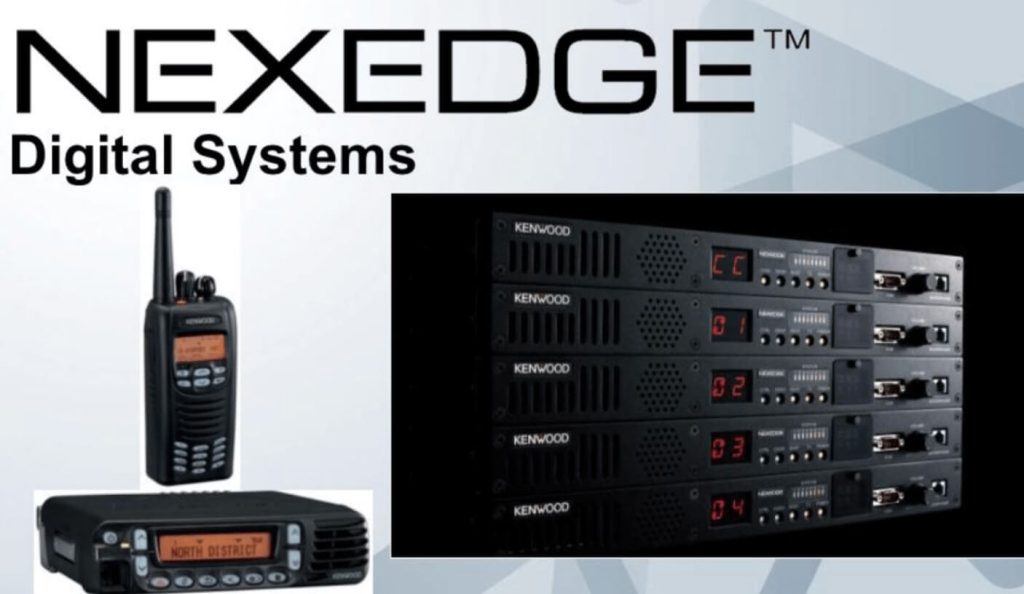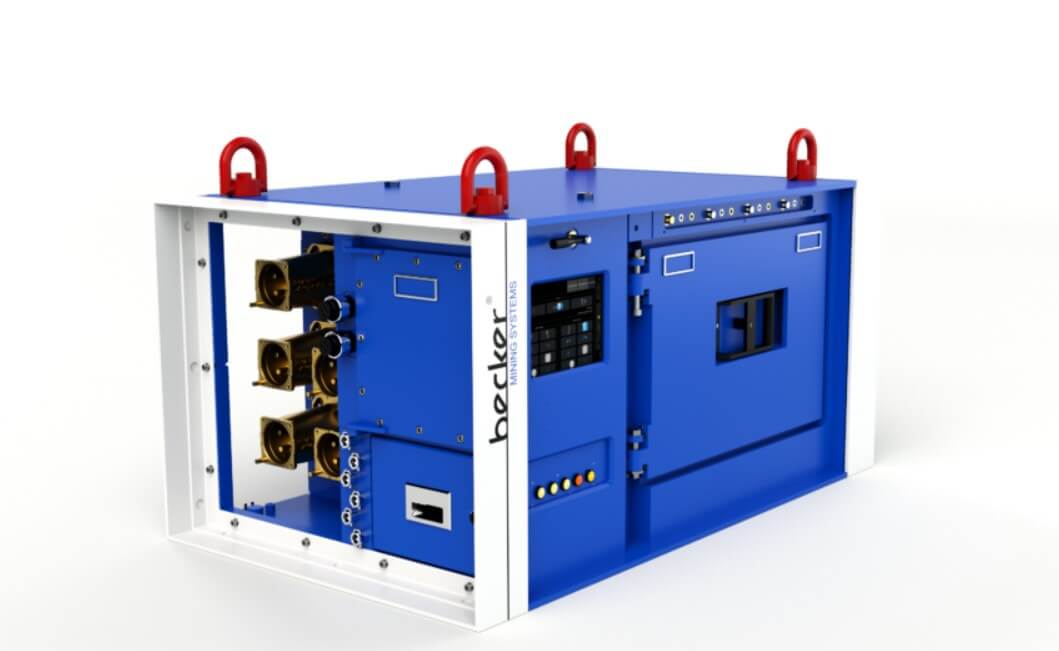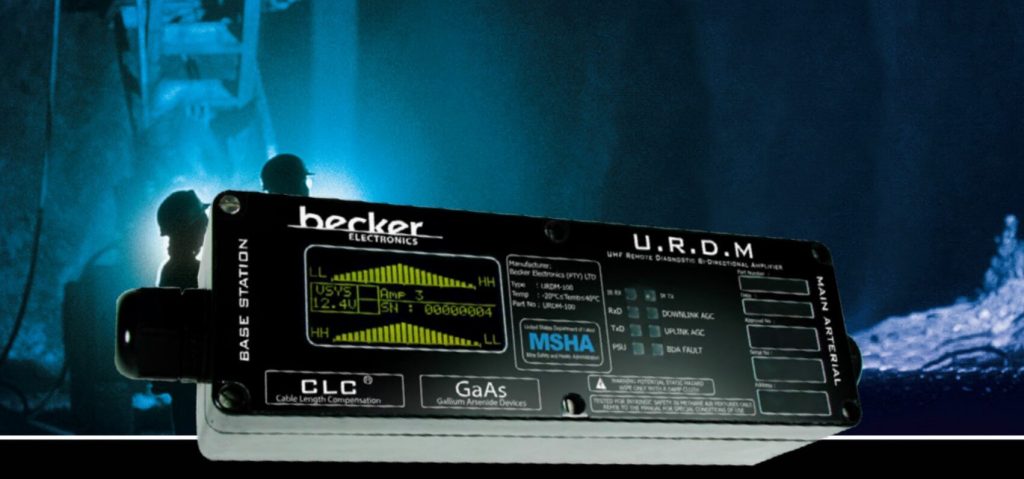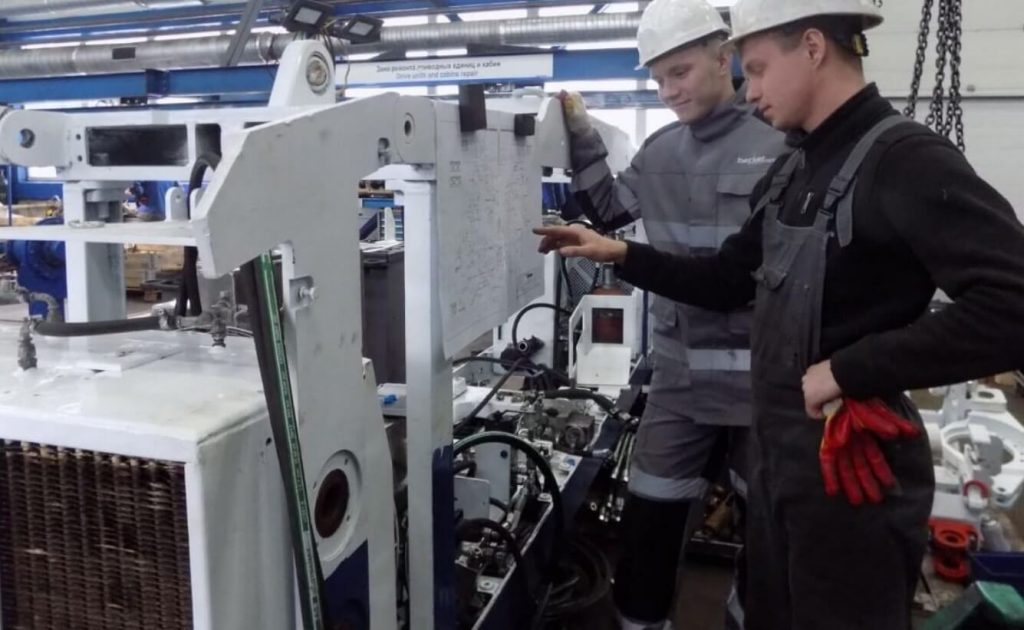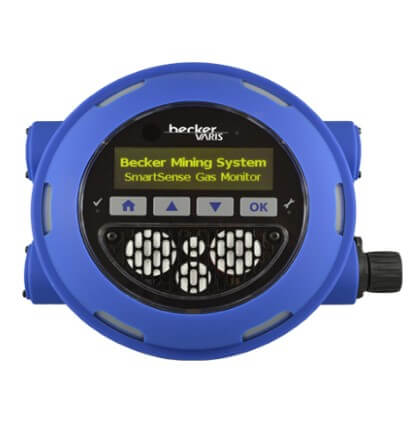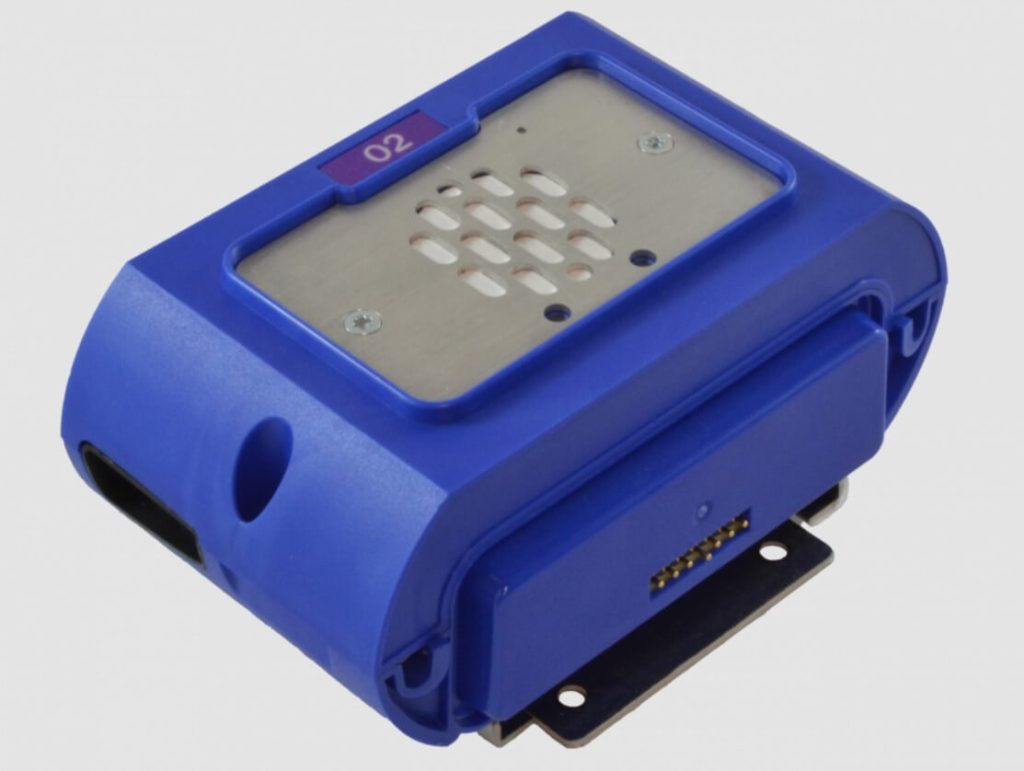In the vast and intricate world of underground mining and exploration, maintaining effective communication is crucial for ensuring safety, efficiency, and coordination. One of the key technologies designed to facilitate this communication in challenging environments is the cave radio communication system. This blog post by Becker Wholesale Mine Supply delves into what a cave radio communication system is, its importance, and how it enhances operations in subterranean settings.
Cave radio systems are specialized communication tools designed to function in the unique and often hostile environment of underground caves and mines. Unlike conventional radio systems, these systems are engineered to overcome the challenges posed by the underground environment, such as signal attenuation, interference, and the complex topography of subterranean spaces.
Cave Radio Communication Systems
At its core, a cave radio communication system is designed to transmit and receive radio signals within the confines of a cave or mine. These systems are crucial for maintaining communication between various teams and personnel operating underground. They are particularly important in scenarios where traditional communication methods, such as mobile phones or conventional radios, fail due to the unique conditions of the underground environment.
Components of a Cave Radio Communication System
- Transmitters and Receivers: These are the core components of any radio communication system. In a cave radio system, they are designed to work efficiently in low signal conditions. Transmitters send out radio waves, while receivers pick up these waves and convert them into audible signals.
- Repeaters: Given the challenges of signal transmission in underground environments, repeaters are used to boost and relay radio signals over longer distances. They ensure that the communication remains clear and uninterrupted as it travels through the cave system.
- Antennas: Specialized antennas are used to transmit and receive radio signals in a cave environment. These antennas are designed to be durable and capable of handling the challenging conditions of an underground environment.
- Power Supply: A reliable power supply is essential for the operation of cave radio communication systems. In many cases, these systems are equipped with backup power sources to ensure continuous operation, even in the event of a primary power failure.
- Control Panels: These panels allow operators to manage and monitor the communication system. They provide interfaces for adjusting frequencies, monitoring signal strength, and troubleshooting any issues that may arise.
Challenges of Cave Radio Communication
Operating a radio communication system in a cave presents several challenges that need to be addressed to ensure effective communication:
- Signal Attenuation: The physical structure of caves, including walls, rocks, and other geological formations, can cause radio signals to weaken significantly. Cave radio communication systems are designed to minimize signal loss and ensure that communication remains clear even in these conditions.
- Interference: Underground environments can be filled with natural and artificial sources of interference, such as water flow, mineral deposits, and machinery. Cave radio systems use advanced technologies to filter out interference and maintain clear communication channels.
- Topography: The complex and often unpredictable topography of caves can make it difficult for radio signals to travel. The use of repeaters and strategically placed antennas helps overcome these challenges by ensuring that signals can reach their intended destinations.
- Durability: The equipment used in cave radio systems must be rugged and durable to withstand the harsh conditions of underground environments. This includes resistance to moisture, dust, and physical impacts.
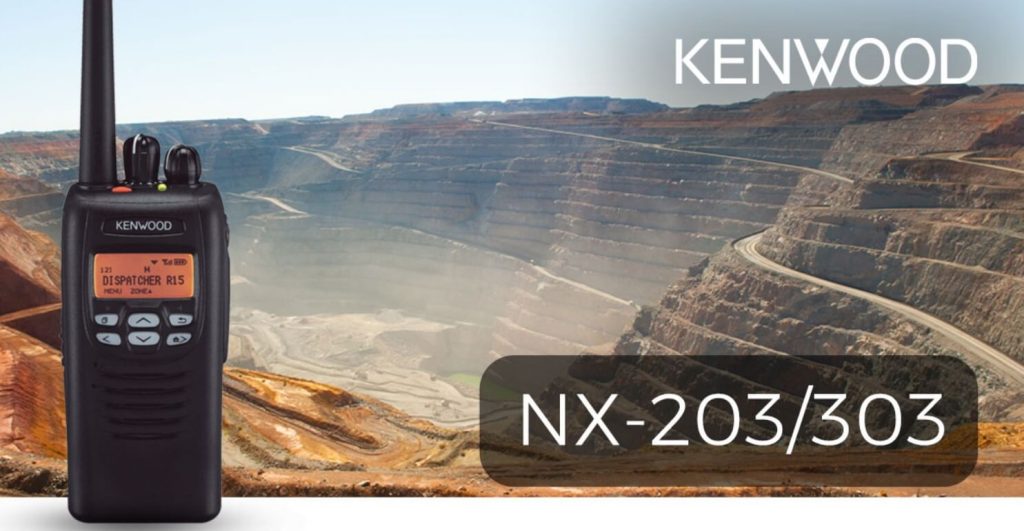
GET IN TOUCH
In a hurry? Call us at +1-724-515-4993
Importance of Cave Radio Communication Systems
The importance of cave radio communication systems cannot be overstated, especially in the context of underground mining and exploration. Here’s why these systems are crucial:
- Safety: Ensuring the safety of personnel working in underground environments is the top priority. Cave radio systems allow for real-time communication between teams, which is essential for coordinating activities, responding to emergencies, and ensuring that everyone is accounted for.
- Operational Efficiency: Efficient communication is key to the smooth operation of mining and exploration activities. Cave radio communication systems enable teams to share information quickly and accurately, which helps in coordinating tasks, monitoring progress, and addressing any issues that arise.
- Emergency Response: In the event of an emergency, such as a cave-in or equipment failure, having a reliable communication system in place is critical. Cave radio systems ensure that emergency responders can communicate effectively and coordinate their efforts to resolve the situation.
- Coordination Between Teams: Underground operations often involve multiple teams working in different areas of a cave or mine. Effective communication between these teams is essential for ensuring that tasks are completed efficiently and that any issues are addressed promptly.
How Cave Radio Communication Systems Work
Cave radio communication systems operate using radio waves, similar to conventional radio systems. However, they are specially designed to address the unique challenges of underground environments. Here’s a basic overview of how these systems work:
- Transmission: When a message is sent, it is converted into radio waves by the transmitter. These waves travel through the cave system and are picked up by receivers located at various points within the cave.
- Reception: The receivers pick up the radio waves and convert them back into audible signals. These signals are then transmitted to the intended recipient, allowing for clear communication between parties.
- Signal Boosting: To ensure that the signal can travel over long distances and through challenging conditions, repeaters are used to boost and relay the signal. This helps maintain signal strength and clarity throughout the cave system.
- Monitoring and Control: Operators use control panels to manage the communication system, adjust frequencies, and monitor signal strength. This ensures that the system operates effectively and any issues are addressed promptly.
Applications of Cave Radio Communication Systems
Cave radio systems have a wide range of applications, particularly in industries and activities that involve underground operations. Some of the key applications include:
- Mining: In the mining industry, cave radio communication systems are used to coordinate activities, monitor operations, and ensure the safety of personnel working underground. These systems are essential for managing large-scale mining operations and responding to emergencies.
- Exploration: During cave and tunnel exploration, effective communication is crucial for coordinating teams and ensuring that exploration activities are conducted safely. Cave radio communication systems enable explorers to stay in contact with their support teams and share information about their findings.
- Construction: In underground construction projects, cave radio communication systems are used to coordinate activities, monitor progress, and ensure that construction work is carried out efficiently and safely.
- Emergency Services: Cave radio communication systems are also used by emergency services to respond to incidents in underground environments. These systems enable emergency responders to communicate effectively and coordinate their efforts during rescue operations.

GET IN TOUCH
In a hurry? Call us at +1-724-515-4993
Choosing the Right Cave Radio Communication System
Selecting the right cave radio system involves considering several factors to ensure that the system meets the specific needs of the environment and operations. Here are some key considerations:
- Environment: The system must be designed to withstand the conditions of the cave or mine, including moisture, dust, and physical impacts. Choosing equipment with the appropriate durability and resistance is essential.
- Coverage Area: The size and layout of the cave or mine will determine the coverage area required for the communication system. Ensure that the system provides adequate coverage for the entire area.
- Signal Strength: The system should be capable of maintaining clear communication over long distances and through challenging conditions. Consider the use of repeaters and boosters to enhance signal strength.
- Ease of Use: The system should be user-friendly and easy to operate. Control panels and interfaces should be intuitive and accessible for operators.
- Reliability: Choose a system from a reputable supplier, such as Becker Wholesale Mine Supply, known for providing reliable and high-quality cave radio systems.
Conclusion
Cave radio communication systems are an essential tool for ensuring effective communication in the challenging environment of underground caves and mines. These systems address the unique challenges of signal attenuation, interference, and complex topography, providing a reliable means of communication that enhances safety, operational efficiency, and coordination.
By understanding the components, challenges, and applications of cave radio communication systems, industries, and organizations can make informed decisions about their communication needs and ensure that their underground operations run smoothly and safely. Becker Wholesale Mine Supply is committed to providing high-quality cave radio systems that meet the demands of these challenging environments, ensuring that communication remains clear and effective in even the most difficult conditions.
Products That We Offer
- VHF Leaky Feeder System
- UHF Leaky Feeder System
- SMARTSENSE®FIXED MONITOR
- RNG-500VHF Leaky Feeder Cable
- UHF Low Loss Leaky Feeder Cable
- Kenwood NX-203/303 Radios
Take control of your mining communication systems today! With Becker Wholesale Mine Supply, the leading manufacturer in the USA. Contact us now and revolutionize your mining communication systems!
